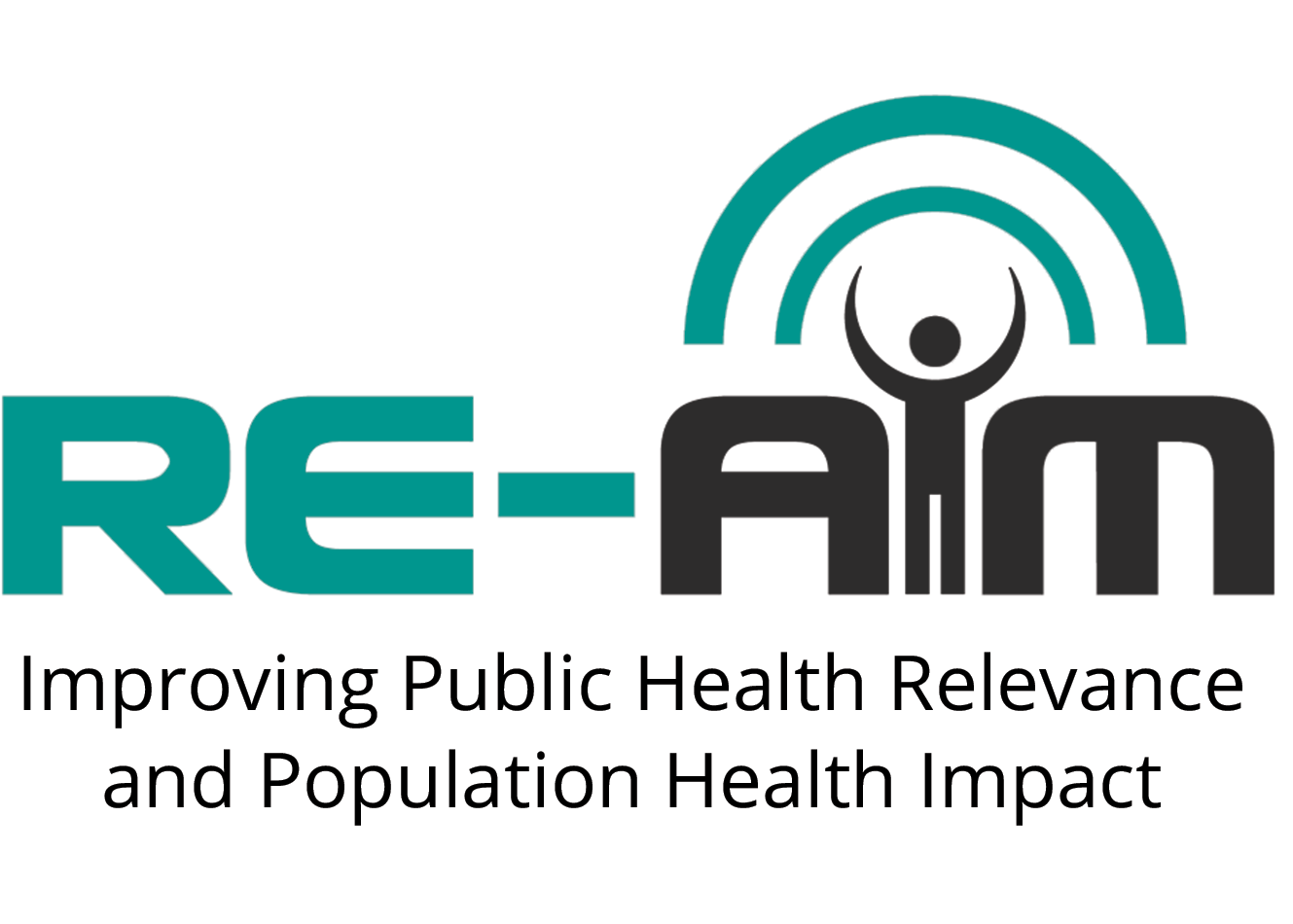Assessing Maintenance
In the RE-AIM framework, maintenance of an intervention occurs at two levels: maintenance of individual-level of effects of an intervention (i.e., long-term effectiveness), and maintenance of the intervention at the setting-level (i.e., long-term implementation).
As with assessment of efficacy/effectiveness, assessment of individual-level maintenance of intervention effects includes not only the long-term effects of the intervention on a primary outcome, but also long-term effects on outcomes of importance to stakeholders (e.g., quality of life, unexpected outcomes, negative outcomes), robustness of long-term effects across subgroups, long-term attrition and differential rates by subgroups, and how and why individual-level effects were maintained (or not maintained). The length of time over which maintenance may be assessed depends in part on the specific behaviors and outcomes targeted by a specific intervention.
Assessment of setting-level maintenance of an intervention includes whether the setting continues to deliver the intervention (usually focusing on at least 6 months after research funding or support ends, but time frames of interest may vary), if and how the intervention was adapted long-term, alignment and sustainability of the intervention with an organization’s mission and business model, and how and why an intervention was (or was not) institutionalized for long-term maintenance at the setting level.
EXAMPLE METHODS OF ASSESSING ADOPTION (From the RE-AIM Model Dimension Items Checklist)
Maintenance – Individual Level | |
Measure of primary outcome (with or w/o comparison to a public health goal) at ≥ 6mo follow-up after final intervention contact | |
Measure of broader outcomes or use of multiple criteria at follow- up (e.g., measure of QoL or potential negative outcome) at follow- up | |
Robustness data – something about subgroup effects over the long- term | |
Measure of long-term attrition (%) and differential rates by patient characteristics or treatment condition | |
Use of qualitative methods data to understand long -term effects | |
Maintenance- Setting Level | |
If program is still ongoing at ≥ 6 month post study funding | |
If and how program was adapted long-term (which elements retained AFTER program completed) | |
Some measure/discussion of alignment to organization mission or sustainability of business model | |
Use of qualitative methods data to understand setting level institutionalization |
Note that maintenance may or may not be assessed in every project or application of RE-AIM, depending on phase of implementation (i.e., planning, implementation, evaluation) and the questions of interest. However, even in projects that cannot directly measure maintenance due to short time-lines, participant and stakeholder perceptions and expectations of individual- and setting-level maintenance can be assessed using multiple methods (e.g., surveys, interviews, focus groups), informing planning for sustainment.
